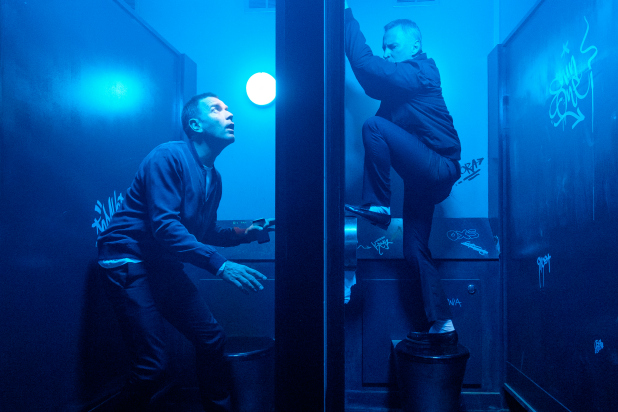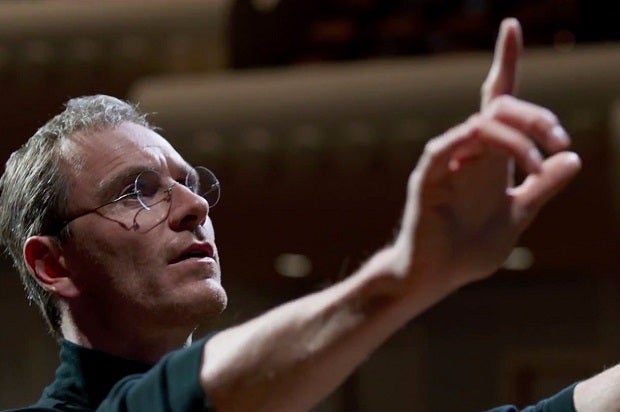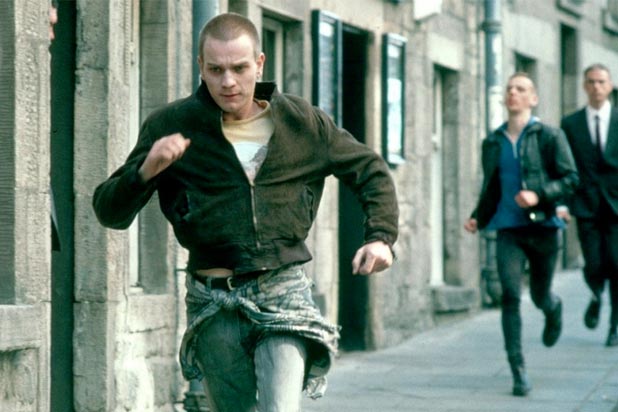All 13 Danny Boyle Films, Ranked From Worst to Best (Photos)

Where does “Yesterday” rank in the Oscar-winner’s oeuvre?
11. “A Life Less Ordinary” (1997) In suitably messy fashion, Boyle exploited his post-“Trainspotting” glow with this whimsical romance about a janitor (Ewan McGregor), an heiress (Cameron Diaz) and the two angels (Holly Hunter and Delroy Lindo) who are tasked with making them fall in love. Overstuffed not only with ideas but also with flamboyant supporting characters who add only complications to its starry-eyed premise, the film is not without a few genuine charms, but decades later it feels more like a commercial indulgence from an up-and-coming filmmaker with a blank check than a story that desperately needed to be told.
10. “Sunshine” (2007) Gifted with an all-star cast (Rose Byrne, Chris Evans, Cillian Murphy, Michelle Yeoh) and another promising script by his “28 Days Later” collaborator Alex Garland, Boyle supplies this hard-science odyssey with some remarkable and unique visuals, as a team of astronauts makes a voyage to reactivate a dying sun and save Earth. But it’s a bad sign in just about any movie when an “insane” character shows up. In this one, the arrival of a monstrous, homicidal captain hell-bent on jeopardizing any mission to rescue humanity steers “Sunshine” directly into no man’s land in terms of plausibility or basic logic and, eventually, no audience’s land in terms of following a momentum- and goodwill-wrecking twist.
9. “The Beach” (2000) With this film, Boyle began his troubling penchant for either losing the ending of the story he started or later, simply blowing up good foundational ideas to explore very bad ones. This adaptation of Alex Garland’s novel of the same name follows an adventure-seeking American named Richard (Leonardo DiCaprio) and the trouble he brings after attempting to join an isolated bohemian community hidden on a remote Thai island. Boyle’s “best vacation ever” finale betrays the destructive overtones of Richard’s soul-searching, but it’s the filmmaker’s own seeming obligation to throw in wild stylistic flourishes that undermine a story once heralded as “‘Lord of the Flies’ for Generation X.”
8. “Millions” (2004) After tackling the undead in “28 Days Later,” Boyle opted for this fairy tale of a film about two boys who are dealing with the death of their mother when a literal bag full of money drops into their laps. Although the film’s focus on how families deal with loss is a potentially fascinating subject, young Damian’s (Alex Etel) obsession with saints who appear privately to him, offering wisdom and advice, is not just a twee “movie kid” notion but becomes actively tedious, especially once the dangerous circumstances of the money’s arrival rear up to cause complications. Ultimately, Boyle develops a promising concept, but like many of his other films, its disparate parts never quite come together, and time has only made them feel more disjointed.
7. “Shallow Grave” (1994) Boyle’s mischievous debut came at a time when independent cinema fixated on small-time crooks and their aptitude for betrayal, but it was the filmmaker’s propulsive style behind the camera — and pacing that dares the audience to keep up — that elevated it beyond the dozens of “Pulp Fiction” imitators that arrived at the same time. Boyle’s astute casting of then-newcomer Ewan McGregor clearly anticipated the likability he’d bring to so many of his later roles by putting him in the unlikely position of audience surrogate, while Kerry Fox and Christopher Eccleston brutally push the limits of good, nasty fun in John Hodge’s sniping, merciless script.
6. “Slumdog Millionaire” (2008) This winner of eight Academy Awards (including Best Picture and Best Director) was at the time a sweetly improbable slice of cultural tourism, driven by a scrappy underdog story, an admiration for Bollywood, and two appealing leads in then-newcomers Dev Patel and Freida Pinto. But revisiting the film years later, its specious connections between young Jamal’s troubled upbringing and his triumphant appearance on India’s “Who Wants to Be a Millionaire,” much less the film’s unsparing depictions of Mumbai poverty and its fantastical notions of a fated romance with Latika, feel less convincing than ever.
5. “127 Hours” (2010) This adaptation of Aron Ralston’s real-life account of amputating his own arm after being trapped beneath a boulder must have offered an irresistible hook to any filmmaker: a true and inspiring story of survival that requires both a unique biographical approach and peerless technical virtuosity. Boyle skillfully makes it his own with an impressionistic portrait of the experience that explores not just the physical challenges of Ralston escaping his fate but the people and events in his life that led him to this grisly, death-defying scenario in the first place.
4. “T2 Trainspotting” (2017) With a sequel book, “Porno,” that paled in comparison to its acclaimed predecessor, and some 20 years of down time between installments, “T2 Trainspotting” had no particular reason to be more than a suitably unpleasant trip (no pun intended) down memory lane for the original film’s addicts and criminals. But Boyle and longtime collaborator John Hodge deliberately turn the film into a meditation on nostalgia itself — the passage of time and the inescapability of the legacies we create — that gives an appropriately tempered joy to this reunion of characters that, though terrible, we still manage to love. Boyle’s references to the events in the first one rarely seem cloying, instead providing vital, knowing punctuation to Renton and his mates’ carefree recklessness and irresponsibility as it advances towards its natural conclusion.
3. “28 Days Later” (2002) Working with “The Beach” author Alex Garland to reimagine zombies as runners rather than sleepwalking hordes, Boyle rebounded from back-to-back failures, resuscitating not only his career but also a then-flagging horror subgenre. Shooting on digital video (one of the few times where it actually benefits the story and tone of the material), Boyle creates a haunting portrait of post-apocalyptic survival that works brilliantly… at least until Garland’s script returns to the notion that the only thing more dangerous than the undead is the living.
2. “Steve Jobs” (2015) Universal Pictures may have dropped the ball in getting people into theaters to see this team-up between Boyle and screenwriter Aaron Sorkin, but it remains one of the filmmaker’s most compelling and effective projects to date, looking at the life of the eponymous tech innovator not through a traditional cradle-to-grave biopic but via three product launches over a period of 14 years. Sorkin’s script does a lot of the work for the director — as does a cast that includes Michael Fassbender, Kate Winslet, Seth Rogen and Jeff Daniels — but it’s Boyle’s intense focus, and his elevation of the “walk and talk” sequencing for which his screenwriter is best known, that transforms a collection of vignettes into an extraordinary character study that calculates the bittersweet cost of aspiring to greatness.
1. “Trainspotting” (1996) Boyle and Hodge leveled up for their second outing together for what still remains Boyle’s best film, an adaptation of Irvine Welsh’s novel that chronicles the charm and venality of a group of heroin addicts with equal vigor. Through the eyes of a devilishly charming Ewan McGregor, Boyle’s camera captures the feverish energy of a life in pursuit of the next score, and the unpredictability of a friend circle filled with degenerates and criminals. Boyle has never stuck the landing of a film better — wrapping up stories has remained a consistent challenge for the director — but turning a drug addict into a capitalist who gets a new high from screwing over his friends satisfies the narrative with a suitably poisonous and yet exhilarating twist.
Source: Read Full Article










